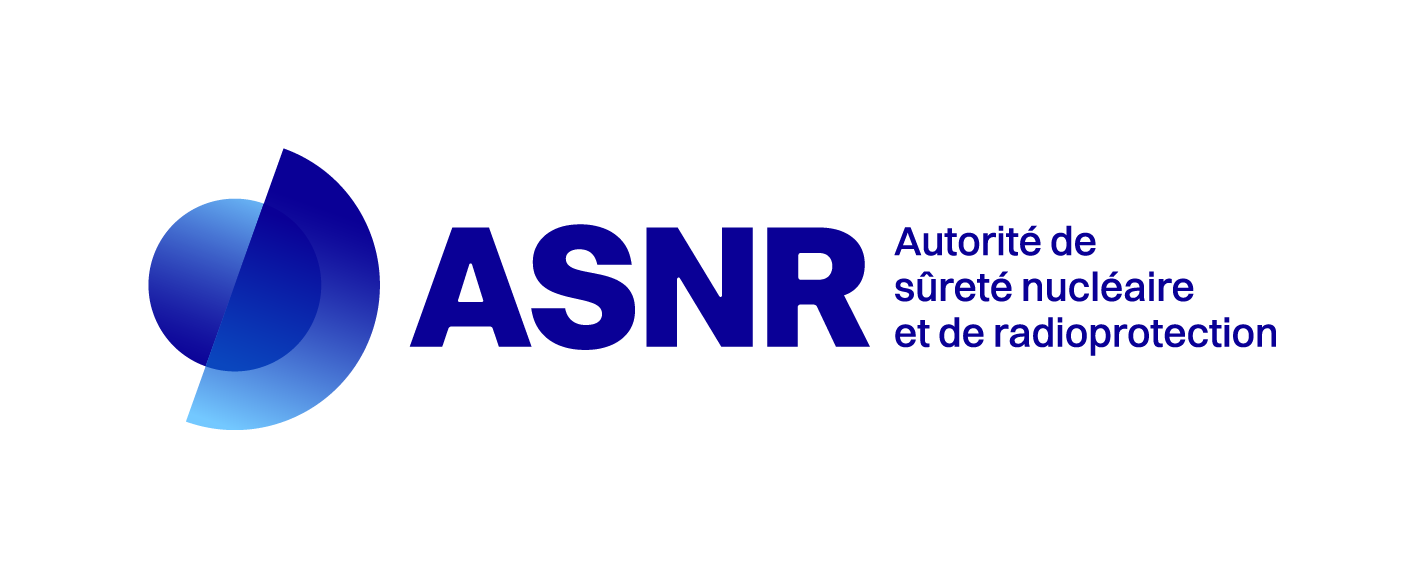Impact and consequences of DNA damage on skeletal muscle cells
Résumé
Cells are continuously exposed to DNA lesions and one of the most severe DNA damage is known to be the DNA double strand break (DSB). DSBs can occur endogenously or exogenously, for instance by ionizing radiation (IR) during radiotherapy for cancer treatment. Regardless to the target, during most of radiotherapies muscle tissue is also exposed to IR as a surrounding tissue. Although the consequences of IR on muscle tissue have been studied at the macroscopic level, there is a little known in molecular level. Muscle tissue is well known to be resistant to IR along with highly efficient DSB repair capacity of its progenitors, even though the patients treated by radiotherapy are shown to have late onset of muscle problems.
In the lab, we aim to increase our understanding of DNA damage repair mechanisms taking role in myogenic cells of skeletal muscle. Skeletal muscle cells originate from myogenic muscle stem cells (satellite cells) during myogenesis in the adult. In the adult, satellite cells are quiescent, unless activated by muscle damage or to ensure muscle homeostasis. Upon activation, satellite cells become highly proliferative (myoblasts), and later commit to differentiate and fused into multinucleated myotubes that constitutes myofibers in muscle. Here we generate localized DNA lesions in both muscle progenitors, mono-nucleated myoblasts, and differentiated multi-nucleated myotubes either by laser irradiation or by microbeam of alpha/proton particles (MIRCOM) targeting with the aid of microscope. To increase our understanding and compare DNA damage repair in myogenic cells, we use GFP-tagged repair protein expressing plasmids. Thereafter, we follow the recruitment kinetics of GFP-tagged repair proteins to the micro-irradiated DNA damage zones. In the meantime, we are also interested in observing cell to cell or nuclei communication within the same syncytium which may take place upon DNA damage.
This study aims to provide a better understanding of skeletal muscle injuries upon irradiation, and the consequences of genotoxic stress at the molecular level, which could be used for developing medical approaches to prevent or treat the muscle injuries occurred.
